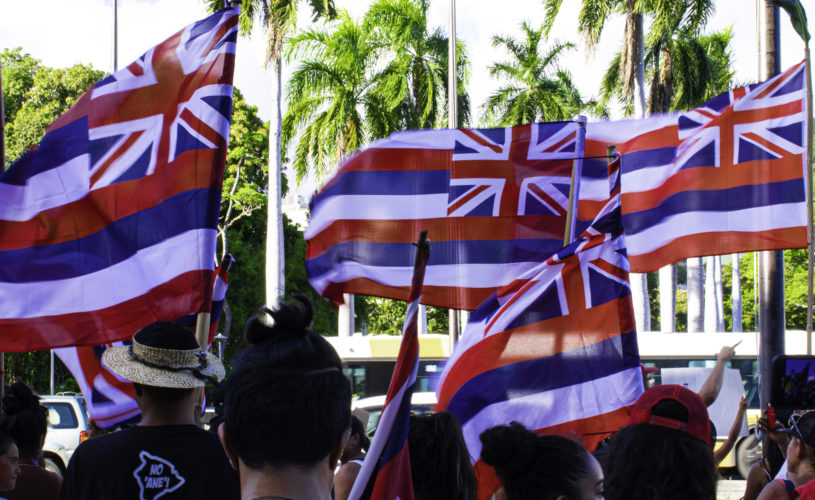The Politics of Representation:Reflections on Controversial Issues in Museums and Related Places in Japan and Hawai‘i
Reflections on Controversial Issues in Museums and Related Places in Japan and Hawaiʻi. This two-day symposium and keynote presentation brought together scholars, educators, and museum professionals from Japan and Hawaiʻi to discuss the challenges of developing exhibits with controversial or highly sensitive content on historic events and related issues.
Presenters reflected on their experiences working in museums, cultural centers, historic sites, and community festivals. Each focused on a case study and provided a glimpse of how they researched and prepared an exhibit; consulted with scholars, teachers, education specialists, board members, staff, and community stakeholders; and made crucial decisions along the way.
The theme of the symposium highlighted the issue of representation and its politics, and considered some of the following questions:
How do you accurately and sensitively represent historic events and/or cultural practices from more than one perspective?
What words and images should one use or avoid?
How do these words or images provide different ways of understanding an event or issue?
What civic responsibilities does an institution have to share little known information from one community group yet objectionable to another?
How do you prepare an institutional staff to embrace uncomfortable issues?
How do you weigh the educational merit or ethical obligation of participating in these activities against the repercussions of bringing negative attention to an institution and jeopardizing its reputation, angering its membership, and/or risking future funding?
Exhibits and their auxiliary educational programs can offer compelling ways for students, teachers, and the general public to engage with highly sensitive content on such topics as lynching as exhibited in Without Sanctuary: Lynching Photography in America at the Martin Luther King, Jr. National Historic Park, in Atlanta, GA; and Hui Aloha ʻĀina, protests by Hawaiian citizens against the annexation of Hawaiʻii by the United States in 1898 at the Bishop Museum’s Hawaiian Hall in Honolulu, HI.
The symposium organizers hoped the symposium and keynote address provided opportunities for learning from the presenters and audience. Their aim was to create a place for discussing issues that may have been too “hot” for museums, classrooms, and other public places in the past but are now crucial to learning about our histories and differences.
Listen to an interview with Liz Ševčenko on an archived episode of HPR’s The Conversation.
Photos from the Symposium
The Politics of Representation Program
Public Histories for Human Rights: Sites of Conscience and the Guantánamo Public Memory Project by Liz Ševčenko

